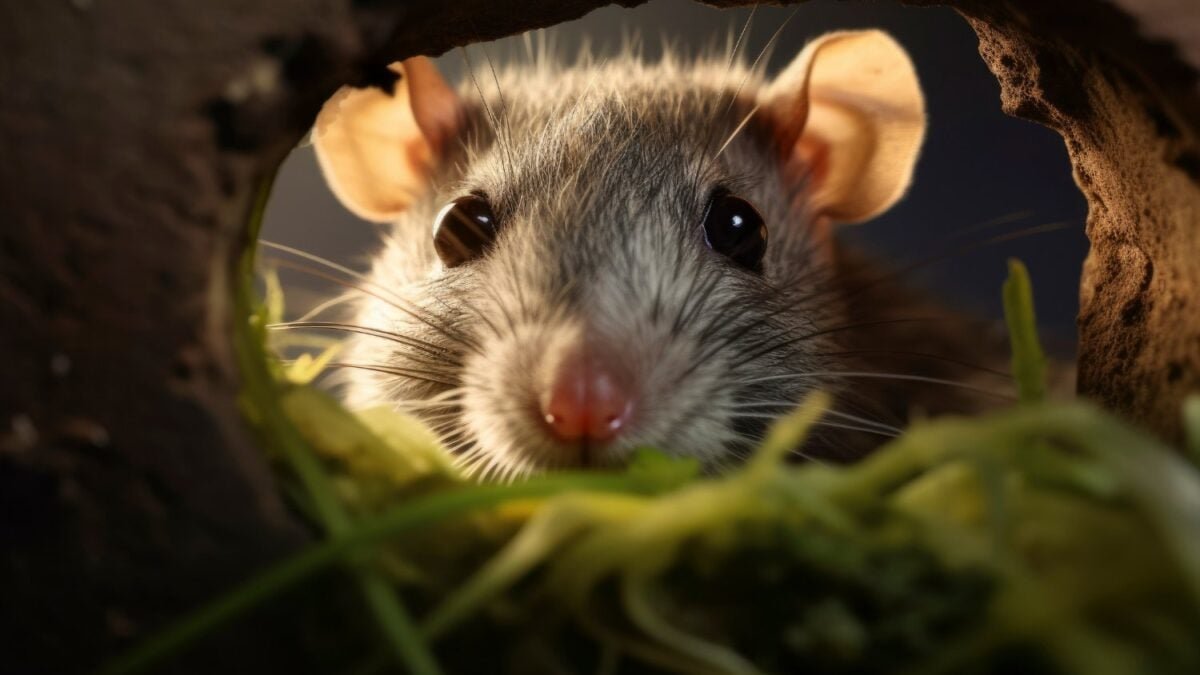NASA’s Mind-Blowing Space Mouse Experiment: The Shocking Truth About Bone Deterioration Beyond Earth’s Atmosphere!

Unlocking the Mysteries of the Human Body in Space
For years, scientists have been aware of the impact of gravity and space radiation on the human body, but the precise effects on bone tissue during extended space stays have remained a mystery. To delve into this issue, NASA initiated an experiment involving mice aboard the International Space Station, essentially a floating biological laboratory orbiting 400 kilometers above Earth. The primary objective? To gain insight into how bones are affected by the absence of gravity and to find ways to prevent irreversible damage for future Mars travelers.
Uneven Changes in Bone Density: A Surprising Discovery
Researchers were surprised to find that bone density changes were not consistent throughout the body. While the hind legs exhibited significant bone mass loss, other areas such as the skull and lumbar spine remained relatively unaffected. In some regions of the face and jaw, there was even a slight increase in bone density. This intriguing phenomenon is attributed to the redistribution of bodily fluids towards the upper body, a common occurrence in microgravity that also explains the facial puffiness experienced by astronauts.
Rapid Aging in Space: A Startling Revelation
The observed effects on bone density in space were comparable to the bone loss associated with aging on Earth over an extended period. For humans, spending just one month in orbit could result in a 1% reduction in bone mineral density, akin to the bone loss experienced by older individuals over several years. This underscores the vital role of gravity in maintaining bone health. Without the constant resistance provided by gravity, bones lose their structural integrity as the activity of osteoblasts, the cells that support bone strength, diminishes. Conversely, osteoclasts, the cells responsible for bone breakdown, become hyperactive, hastening bone loss.
Though it may seem like a simple experiment involving rodents, the implications of this research extend far beyond. Each bone studied in space contributes to a greater understanding of how the human body can adapt to the challenges of living away from Earth. The key takeaway? Only through a combination of scientific inquiry, physical activity, and muscular effort can we hope to thrive in the extraterrestrial frontier.






